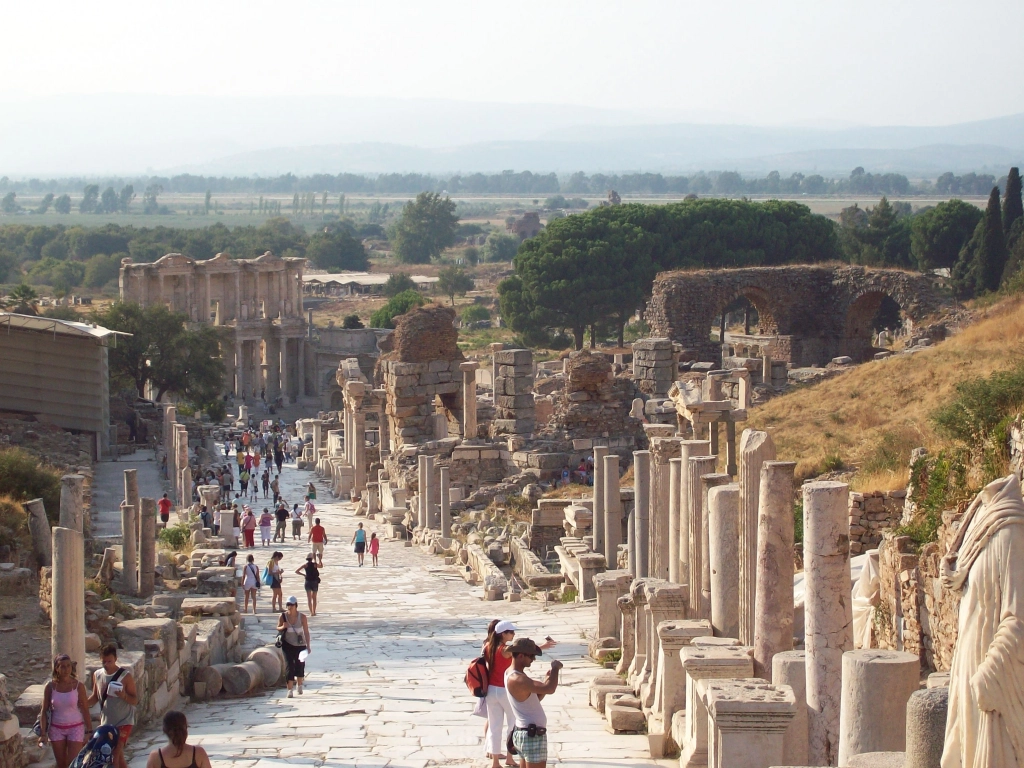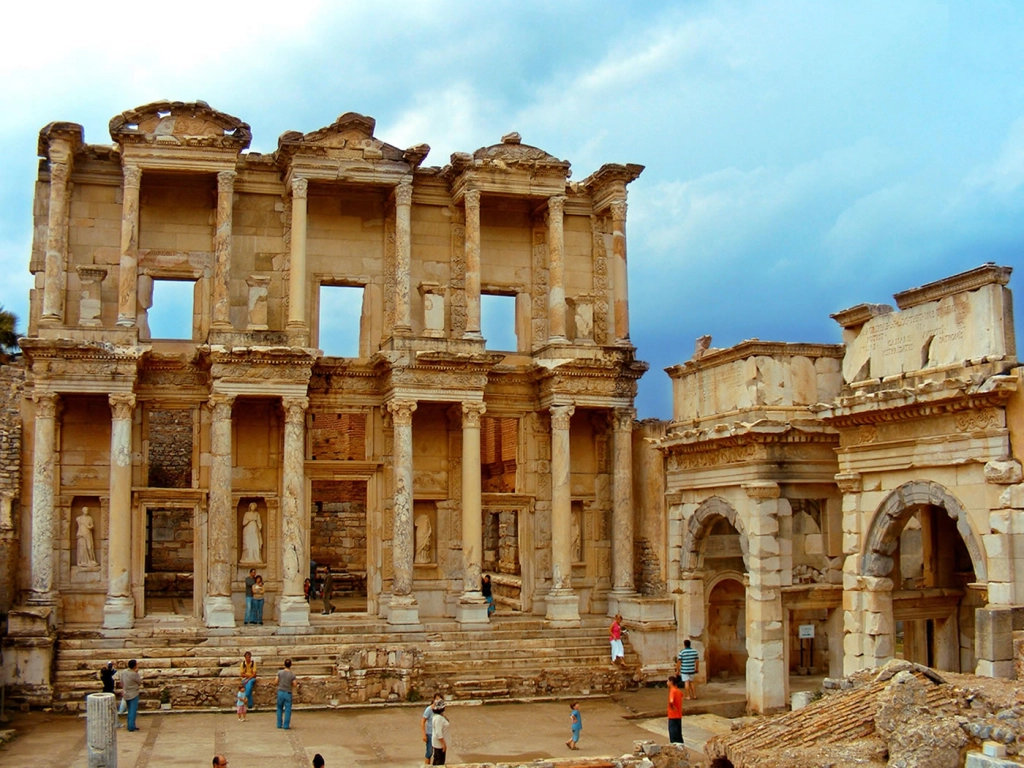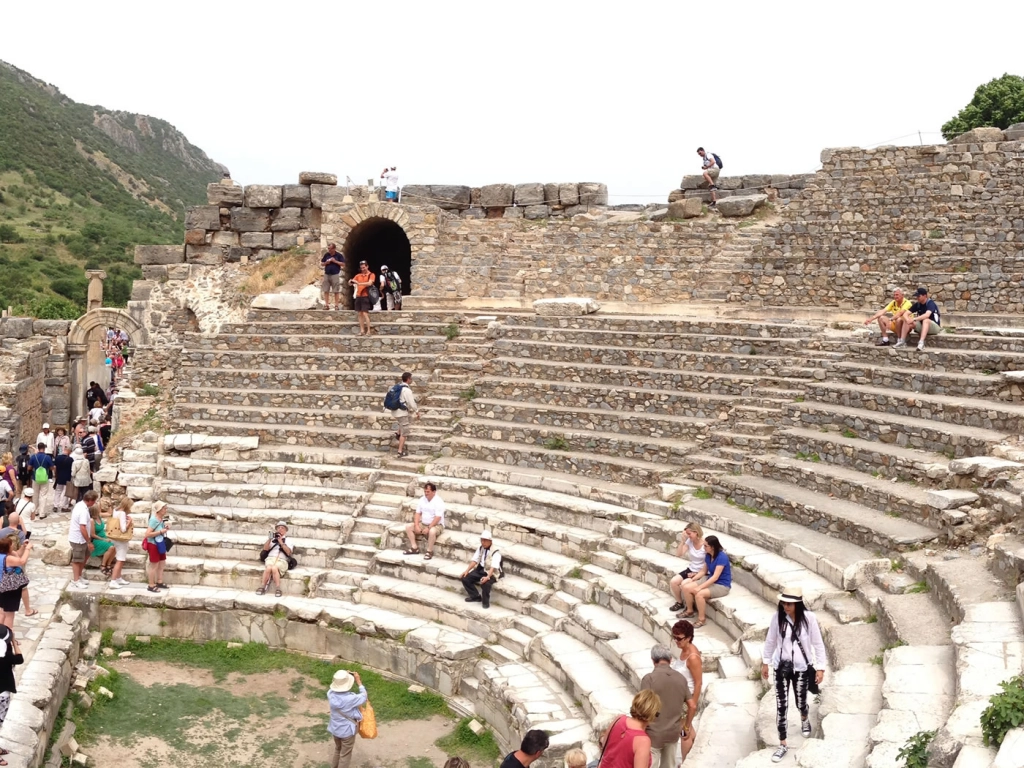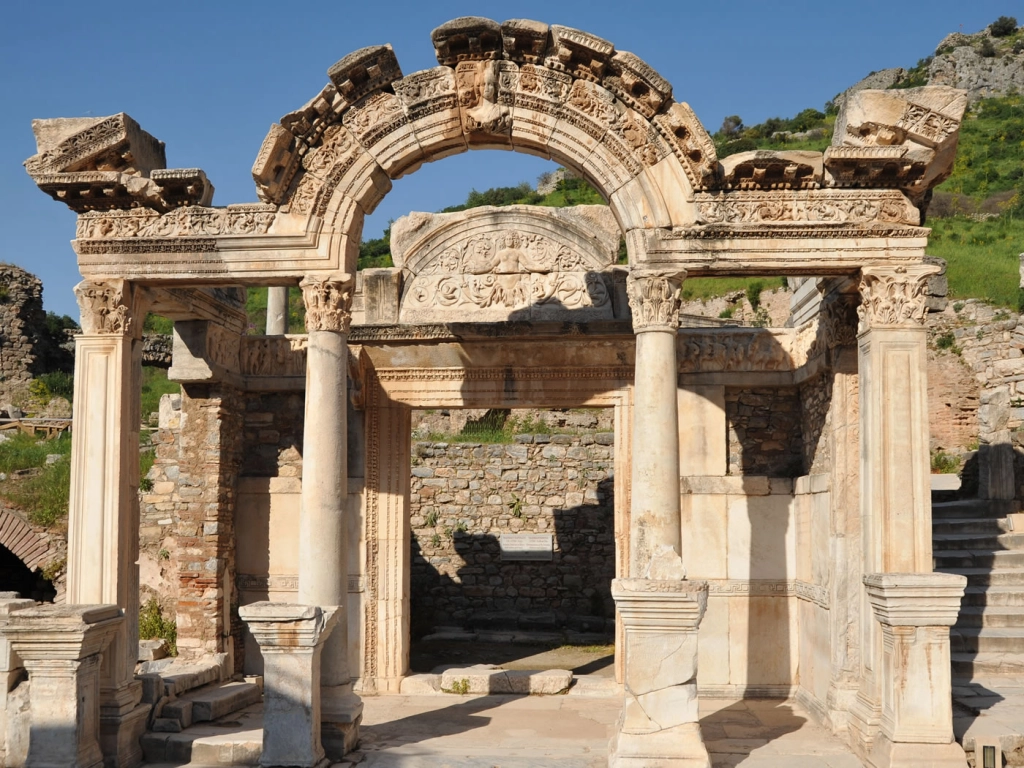Ephesus: Discovering A Perfectly Preserved Ancient City
Last updated:

Ephesus, has taken its place amonng the most impressive and important cities that sheld light on the ancient world with the starting of the excavations. Ephesus is also one of the largest and most significant ancient city in Turkey and World and also added to the UNESCO Wold Heritage Site List in 2015. The excavations which started in 1895, and most of pieces are under-earth, are still ongoing today.
Ephesus, which became the capital of the Asia Province during the Hellenistic and Roman Empire and its population exceeded 200,00 people and the city became magnificent with the monumental marble structures built everywhere during these periods.
History: Living History With An Ancient City
Ephesus, although an ancient city, became a city that continues to live after it was opened as an open-air museum.
Ephesus is a city, has life in it since neolitic times, it has importance with the Rome Empire, as the capital city of Asia Minor. It become the second most important city. The people of Ephesus were wealthy and largely educated. Nowadays,, Everywhere from the world, visitors come to see the city’s impressive historical imprint for themselves.
The city, became more important during the Greeks who build the Artemis temple near to the city.
Ephesus became very important for Chirstian history by St. Paul wrote “First letter to the Corinthians” and St. John is said to have written his Gospel. Ephesus is believed to be the finel resting place of Mary and one of the most visited sites is St. Mary's Basilica.
Ephesus is one of the important travel destinations of Turkey, as it is where visitors can see the history, culture and beliefs of the ancient world.
Street: The Great Marble Street of Ephesus
The Marble stree throught the city was main road and also eccepted as the holly or secred way of Ephesus. The Marble street was beween Celsus Library and Commercial Agro covered by marble plates. The original construction dates to the 1st century AD, though it was rebuilt in the 5th century AD.

Library: Library of Celsus
The library of Culsus is one of the most beautiful structures of Ephesus, carefully reconstructed with the original pieces and look magnificent large over the city. The Library of Celsus was built in 125 AD in memory of Tiberius Julius Celsus Polemaeanus, an Ancient Greek who lived during the Roman between 105-107 AD in the Roman Empire.


Theater: Great Ancient Theatre in Ephesus
The ancient theatre, which defies history, is still used for concerts today, with the capacity of 25,000 people, used for gladiatorial fights and in the beginning it was used for the dramatic performances. Immigrants from Greece built the Temple of Artemis in the city of Ephesus in 1050 BC, making this port city one of the seven wonders of the world in 560 BC

A large 3rd century BC theatre with marble columns and the remains of an ancient stage is still used today on important occasions and has stood the test of time.
The Ancient Theatre of Ephesus was extensively renovated during the Roman period during the years of Domitian (81-96 AD) and Trajan (98-117 AD) and gained a magnificent structure, first two-storeyed and then three-storeyed.
Gymnasium: Gymnasium of Vedius
One of the best preserved places to be seen, the gymnasium was built in the 150s AD. The structure, as is often seen in Roman architecture, served two functions: a gymnasium and a bathhouse.
In Ephesus, gymnasiums were schools where young people received art, sports, literature, drama and speech education, the Vedius gymnasium was one of the most important of these.
Agora: Southern Agore of Ephesus
The Trade Agora in the south of the ancient city of Ephesus was built in the 1st century BC during the Roman Empire and was used as a meeting place to discuss state affairs.

